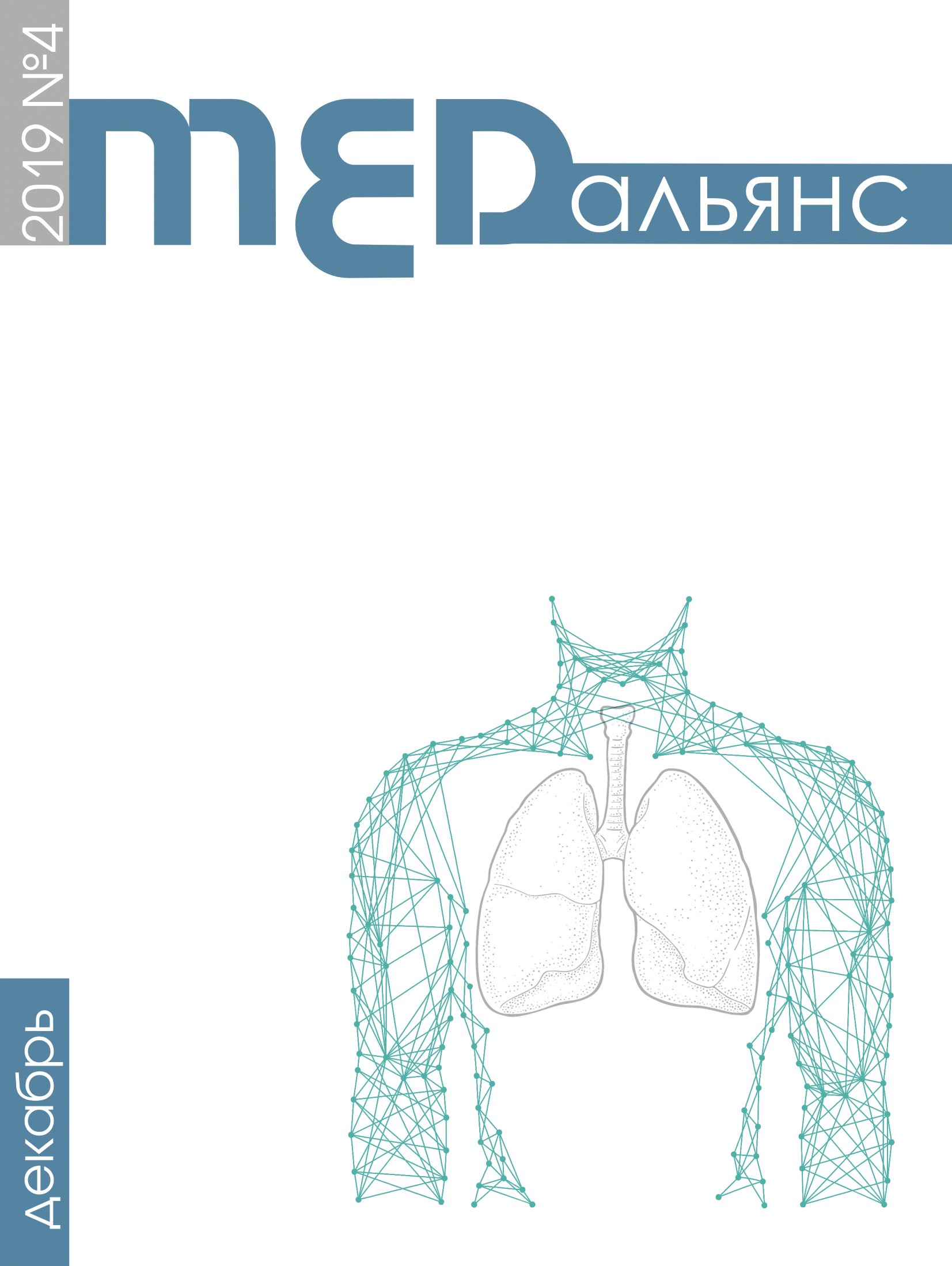Abstract
Tobacco smoking not only contributes to infection with tuberculosis, but also worsens the effectiveness of treatment, increasing the risks of relapse of tuberculosis, the formation of multiple and wide drug resistance. Materials and methods. 44 patients with pulmonary tuberculosis (21 to 60 years old) were examined. 17 patients agreed to include varenicline (main group) in the complex therapy of tuberculosis, 27 patients received only individual telephone counseling (control group). Upon admission, patients were interviewed on the status of smoking, the degree of nicotine dependence (Fagerstrom test), and the adaptability questionnaire. Statistical data processing was performed using the SPSS application package. Results. When smoking cessation, the manifestations of nicotine withdrawal syndrome were registered in patients: desire to smoke, irritability, worsening mood, headache. In varenicline group, nausea was more common (in 3 days in 29% of cases versus 7.4% in the control group; in 7 days — 24% and 15%, respectively, p>0.05). Quit day took place on the 7th day of taking the drug in 6 people, 8 patients with pulmonary tuberculosis reduced (2 or more times) the number of cigarettes smoked per day. In 9 days 8 people did not smoke, in 10 days — 11 patients, in 12 days — 14 from 17 people did not smoke (82%). In the control group, all patients prescribed a day for quitting tobacco and did not smoke in 84% of cases on the day of quitting smoking. After 30 days in the main group of patients with tuberculosis 41% were nonsmokers, in the control group of patients — 37% (p>0.05). The remaining patients in both the main and control groups reduced the number of cigarettes smoked per day by at least two times. Despite some manifestations of withdrawal syndrome, only three patients refused to take varenicline because of nausea, although it should be noted that even in the control group, whose patients received only standard tuberculosis treatment and individual counseling, nausea was noted in 7.4–15% of cases It is indicates that nausea in some cases is due to the chemotherapeutic treatment of tuberculosis, and not the treatment of nicotine addiction syndrome. Conclusion. The study showed that most smokers with pulmonary tuberculosis need help in smoking cessation and nicotine dependence treating, because they had average and high degree of nicotine dependence and a pronounced withdrawal syndrome when tobacco quit. Varenicline and individual telephone counseling are effective interventions for smoking cessation in patients with tuberculosis. Varenicline in most cases (85%) was well tolerated by tuberculosis patients receiving treatment for the underlying disease.

